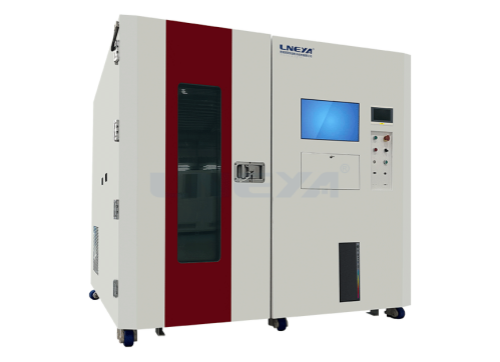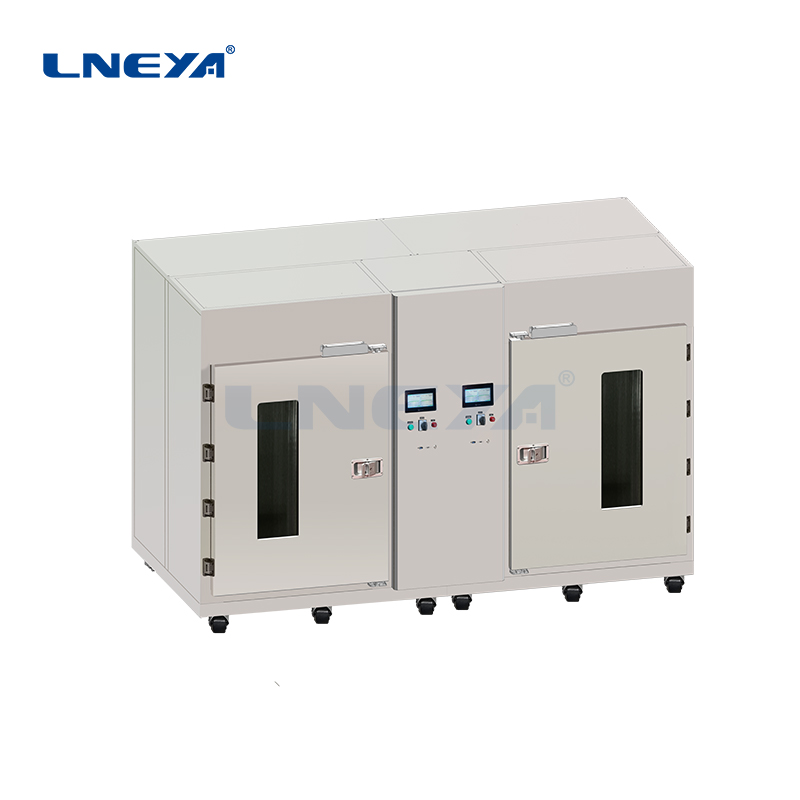What Is a Burn In Chamber
Every engineer knows the uneasy feeling when a product works fine on the bench but fails in the field. Sometimes it’s heat, sometimes voltage stress, sometimes it’s just time revealing flaws no test caught earlier.
That’s why burn in testing exists. It pushes electronic components through extreme and extended conditions before they ever reach the customer. At the center of this process is the burn in chamber—a tool built to expose weak links in devices long before they turn into costly failures.
What Is a Burn In Chamber?
A burn in chamber is a specialized environmental test chamber designed to run components or systems under elevated stress for extended periods. Think of it as a proving ground. Devices are powered on, loaded, and cycled through temperature extremes while engineers monitor their performance.
Instead of guessing how a part will behave after thousands of hours of service, burn in testing accelerates that aging process. It maintains stable conditions over days or weeks. It can apply heat, sometimes combined with voltage load, to simulate the harsh realities chips and boards will face in service.
In some setups, chambers integrate temperature cycling tests—switching rapidly between hot and cold zones—to stress solder joints, connectors, and fragile circuits.

Why Do Burn In Testing?
Burn in testing helps weed out “infant mortality” failures—those early-life defects that would otherwise show up in a customer’s hands.
Imagine launching a server processor or an automotive ECU without burn in testing. Even a small failure rate could mean recalls, warranty claims, and reputational damage. By stressing devices inside a burn in chamber, manufacturers catch weak units before they ever ship.
The devices that survive are statistically far more reliable in real-world operation.
Burn In Chamber Typical Applications
Burn in testing is widely used across industries. Semiconductor fabs rely on chambers to qualify chips for data centers, telecom equipment, and consumer devices. Automotive suppliers test engine control modules and safety electronics, where failure is not an option.
Em aerospace and defense, chambers are used for mission-critical boards that must operate flawlessly under heat, vibration, and long duty cycles. Even medical device makers depend on burn in to prove that life-support electronics will not fail unexpectedly.
In each case, the chamber isn’t just heating parts. It’s creating controlled stress profiles that mirror how these products will live in the field—only compressed into days or weeks instead of years.
How to Choose a Burn In Chamber?
Not all chambers are equal. Choosing the right one for your lab or production line can decide whether your testing program delivers useful results or just burns electricity.


Temperature Range and Cycling Capability
The core of a burn in chamber is its ability to hit and hold temperature targets. A wide range, often from sub-zero conditions up to 150°C or higher, allows for both mild soak and aggressive stress. For boards that face outdoor use, cycling between cold and hot profiles is critical. Fast temperature transitions reveal weaknesses in materials and connections that static tests can’t.
Temperature Uniformity and Accuracy
It’s not enough for the chamber’s controller to show a setpoint. Uniform distribution inside the chamber matters. Hot spots or cold zones create inconsistent results. A well-designed burn in chamber keeps temperature differences minimal across all slots, so every device under test experiences the same environment. That repeatability is what makes test data meaningful.
Load Capacity and Cooling Performance
A chamber that holds dozens or even hundreds of boards must be able to dissipate the heat those devices generate on their own. Without strong airflow design and cooling capacity, internal temperatures drift and test results lose credibility. Matching chamber capacity to your expected test load is essential.
Automation and Integration
Modern production demands more than just heating. Advanced burn in chambers connect with automated test equipment (ATE) and factory management systems. Remote monitoring, data logging, and programmable profiles save time and cut down on operator error.
Confiabilidade
Burn in testing runs for weeks at a time. A chamber that fails mid-cycle can set projects back and waste expensive parts. That’s why proven uptime, robust design, and responsive technical support should weigh heavily in your decision.
Conclusão
If your team is preparing for demanding reliability testing or expanding your temperature cycling test capacity, it’s time to look closely at your burn in solutions.
LNEYA designs and delivers advanced burn in chambers built for semiconductor, automotive, and electronics manufacturers who can’t afford uncertainty.
Get in touch with our team today and see how the right chamber can raise the reliability of every product you ship.

- What Does a 200 Ton Chiller Cost
- Temperature Control in Photolithography
- Is a Used Chiller a Good Idea
- Chiller Components and Refrigeration Fundamentals Guides
- Chiller Types and Selection Guides
- How Does a Peltier Cooler Work
- Peltier Chiller vs. Compressor Chiller
- What Is a Peltier Chiller
- Dezembro 2025
- Novembro 2025
- Outubro 2025
- Setembro 2025
- Agosto 2025
- Julho 2025
- Junho 2025
- Maio 2025
- Março 2025
- Fevereiro 2025
- Janeiro 2025
- Dezembro 2024
- Novembro 2024
- Outubro 2024
- Setembro 2024
- Agosto 2024
- Julho 2024
- Junho 2024
- Maio 2024
- Abril 2024
- Março 2024
- Fevereiro 2024
- Setembro 2023
- Julho 2023
- Junho 2023
- Maio 2023
- Janeiro 2023
refrigerador arrefecido a ar refrigerador Instalação de chillers Chiller Maintenance chiller refrigerant refrigeradores Congelador de montagem a frio refrigerador de refrigeração sistema de arrefecimento e aquecimento sistema de arrefecimento sistema de controlo dinâmico da temperatura chiller energeticamente eficiente refrigerador à prova de explosão congelador circulador de aquecimento refrigerador industrial refrigeradores industriais arrefecimento industrial congelador industrial frigorífico industrial reator de camisa refrigerador de laboratório refrigerador de baixa temperatura notícias refrigerador de óleo refrigerador de processo resfriamento de processo refrigerador do reator arrefecimento do reator arrefecimento do reator aquecimento aquecimento do reator arrefecimento bomba de circulação refrigerada refrigerador de parafuso refrigerador de semicondutores refrigerador de teste de semicondutores sundi tcu controlo da temperatura câmara de ensaio termóstato refrigerador de temperatura ultra baixa refrigerador de ensaio de veículos refrigerador de água refrigerador arrefecido a água
Refrigeradores relacionados
FALE CONOSCO
TEL:
EMAIL:
WeChat & WhatsApp:

Wechat QR

Tem alguma pergunta ou precisa de um orçamento? Preencha o formulário abaixo e nossa equipe entrará em contato dentro de 24 horas.
 LNEYA Refrigeradores industriais Fabricante Fornecedor
LNEYA Refrigeradores industriais Fabricante Fornecedor
















